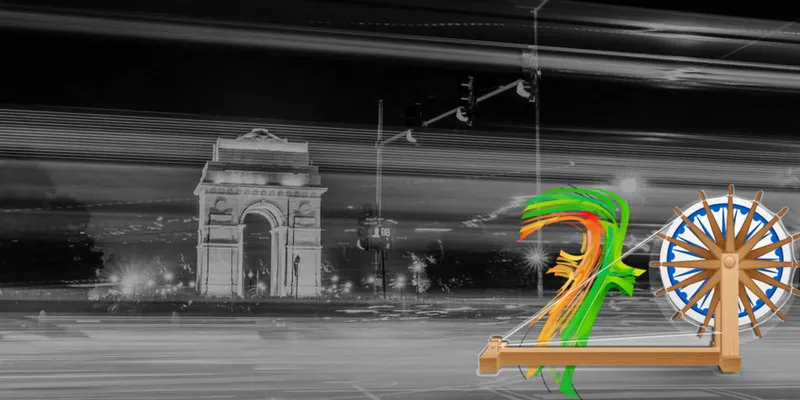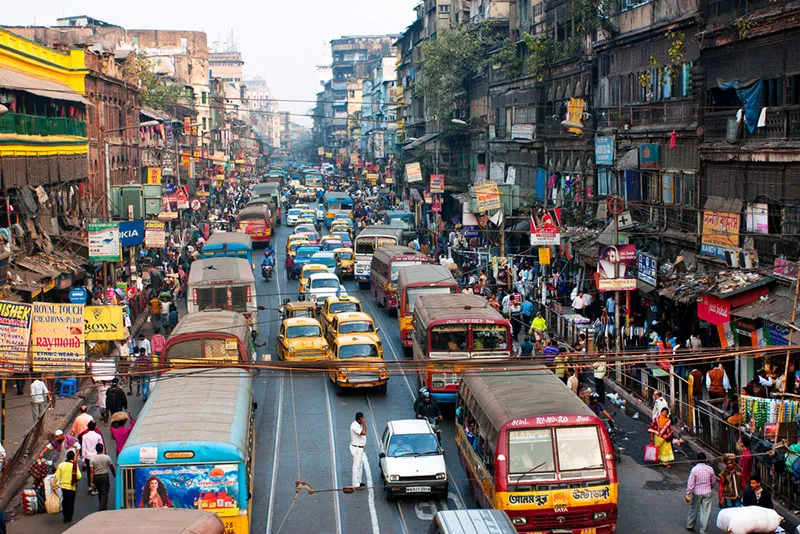Tracing urbanisation in India since the British era
The city life with its myriad problems is becoming unappealing to most and the peri-urban areas have been paying a heavy price for urbanisation. We need to stop pretending that it is the government’s problem and that there is time.
Broadly, an urban area is one that has a high population density, engaged in occupations other than food production, living in a highly built environment.
To appreciate the current problems of urbanisation we need a quick recap: technology was primitive and a majority of people were engaged in the production of food, while living in a natural environment. Technology advanced and just a few people could achieve the production of more and more food. This provided food security and encouraged the diversification of economic activity away from the farming field. More people were free to become full-time traders, artisans, musicians, scholars, etc., thus giving birth to urban areas. An urban area is one where economic activities are centralised. Urban population grew consistently although there remained equilibrium between urban area and its population. It was the industrial revolution of 18th century Europe that brought about a dramatic rise in urbanisation, i.e. migration of people from rural to urban areas. Factories pulled labour from rural areas, and urban areas mushroomed to accommodate these migrants.

One would expect the same situation in India, as India was a British colony at that time. In fact, the opposite happened. The British purposefully stopped factories from opening in India; Indian entrepreneurs were handicapped through regulations and business malpractices. Hence urbanisation did not happen in India at the same time as it did in the homeland of our colonisers. This misfortune was coupled with the disruption of the village economy of India.
Forced plantation of cash crops jeopardised the food security of Indians. The land revenue systems as started by British led to the pauperisation of the Indian farmer. As a British colony, India became an unsuspecting market to its machine-made goods (of the industrial revolution). Their competitive prices backed by lopsided custom duties destroyed the Indian textile industry which was famous around the world for at least a thousand years. Performing arts and myriad other crafts crippled in the absence of the patronage they received from erstwhile Indian aristocrats. British prevented industrialisation in India; hence, there weren’t factories or urban areas to absorb these side-lined artisans and craftsmen who ended up becoming cheap agricultural labour. The Indian masses were pushed back into history, the natural development of a civilisation was forcefully stopped.
The fine examples of planned urbanisation in certain pockets of the four big cities of Delhi, Bombay, Madras, and Calcutta were the exception, not the norm.
In 1947, we wrested our independence out of a highly complex global power game in time of the Second World War. We were now in control, we could kick-start the modernisation process and we did. We chose the path of industrialisation to build up the paralysed economy we had inherited. It was a lack of foresight and planning that urbanisation in our cities remained substandard. Setting up of industries attracted labour from rural areas, and slowly urban centres emerged around them. Had there been simultaneous infrastructure planning in these centres with regard to housing, drainage, electricity, transport, etc., we would be seeing a different face of India today. Also, we needed politically agile municipal corporations to look after the increasing number of migrants into the towns and cities.
As it turned out, we had none of those things. In fact, municipal corporations (Urban Local Bodies, ULBs) did not even have constitutional status till the 74th amendment in 1992. India gave birth to towns and cities which have an urban veneer but are seriously mismanaged underneath. For urbanising an area, a sustainable order of things would be — first ensuring water supply, electricity, roads, policing and other state services, and then housing. We didn’t have resources to do things in that order. Migrants were pouring into the cities and they erected houses first. Availability of other services was compromised on. Add to it the population boom of the later decades of 20th century and host of social problems, e.g., illiteracy, gender inequality, conflict among ethnic groups, and climate change, and you get an idea of just how messy it has been. These are just the problems that went in the making of this stew, those that came out of it are even uglier: congestion, slums, traffic, environmental degradation, disease, aesthetic deterioration, psychological disorders, social inequality, and crime to name the principal ones.
Centralisation of economic activity is a cardinal feature of urbanisation. As we milk the economy of agglomeration though, we are paying a very heavy price in terms of quality of life. Many an Indian city can boast of globally competitive education, entertainment, business and networking opportunity, premium health care, etc. Nevertheless, city life is becoming increasingly unappealing to most. We live in them because there is no alternative in sight. And it is not just the people in the city, but those in the peri-urban areas, i.e. in rural areas at the fringes of big urban agglomerates that pay heavily. It is from these areas that cities get their food, and to these areas the cities dispose of their waste. Gurugram comes to mind as a befitting example.

Image: Shutterstock
Of course, the state is addressing these problems. The political discourse around urbanisation emphasises the need for urban land regulation, preparation of master plans, etc. This intention is manifest in government policies. But we need to step up our game. To manage urban areas, we must aim at financial autonomy for ULBs. We need efficient planning, and though we struggle with it today, we can boast of the Indus Valley Civilisation’s grid pattern town planning, from as early as 2500 BC. To undertake planning on full scale in the 21st century, India must address the lack of qualified planning professionals in its institutions. Planners need to expand their scope in the wake of UN’s Sustainable Development Goals (SDG 11-Sustainable, Safe, and Inclusive Cities and Communities.)
Government’s programmes for rural welfare help in managing urbanisation because they mitigate the push factors in rural-urban migration. Integrated Farming System, i.e. carrying out poultry, dairy farming, floriculture, pisciculture, biogas production, etc., along with cultivating land, promises to improve farmers’ lives by opening multiple sources of income to them.
That said, we need to stop acting like this is the government’s problem and that there is plenty of time. There isn’t. World Urbanisation Prospects as released by UN’s Department of economic and Social Affairs (2014) recognises 54 percent of the world population to be residing in urban settlements. This is likely to increase to 66 percent by 2030. As urban, educated citizens, we need to build this concern into our consciousness.







